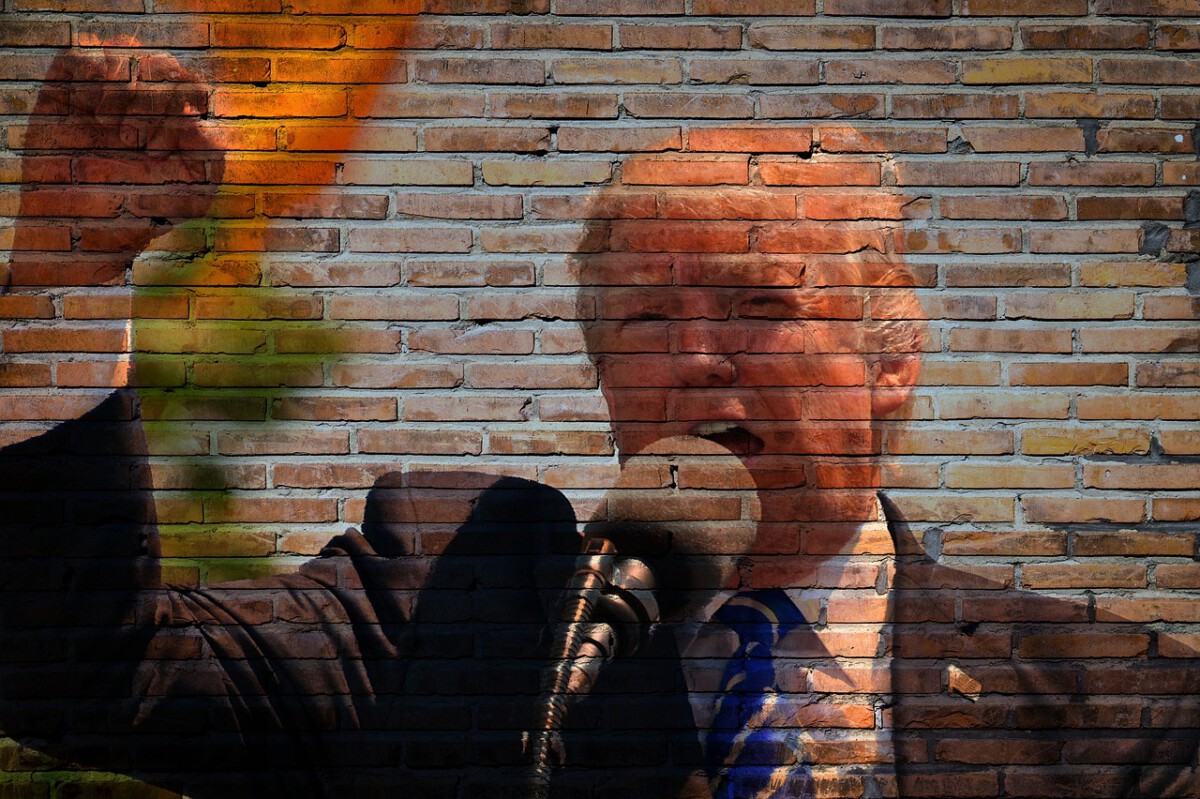
Why ‘Common Sense’ Hits Different in Today’s Political Arena (Image Credits: Pixabay)
In the glow of packed arenas, Donald Trump leans into the microphone, his voice cutting through the cheers with straightforward talk that feels like a chat over coffee.
Why ‘Common Sense’ Hits Different in Today’s Political Arena
Picture this: amid heated debates on everything from borders to budgets, Trump drops “common sense” like a mic drop. It’s not just filler. Polls show this phrase resonates deeply with voters tired of jargon-filled speeches, pulling in support from unexpected corners.
Republican strategist Frank Luntz points out how it clicks with older folks, evoking a simpler time when solutions seemed obvious. Yet it also hooks younger skeptics of elite policies. This isn’t random. It’s a calculated move to frame complex issues as no-brainers.
The real hook? It turns policy fights into everyday wisdom battles. Suddenly, tariffs or tax cuts aren’t wonky details. They’re what any reasonable person would do.
Breaking Down the Populist Magic Behind the Words
Populism thrives on connecting with the “real people,” and Trump’s “common sense” does exactly that. It positions him as the voice of the overlooked, railing against Washington insiders who overcomplicate life.
Think about recent rallies. He ties immigration to basic safety, calling strict enforcement just “common sense.” This strips away nuance, making his stance feel instinctive rather than ideological.
Experts note this tactic echoes global right-wing shifts. From Europe to the U.S., leaders use similar lingo to build trust fast. In Trump’s case, it rebuilds his base while swaying independents who crave clarity.
How It Appeals to Key Voter Groups
For working-class families, “common sense” signals practical fixes over grand theories. It promises lower costs without the fine print, like energy independence to cut bills at the pump.
Women and suburban voters, often swing groups, hear it as a nod to family priorities. Secure borders? That’s protecting kids. It’s relatable, not remote.
- Blue-collar workers: Ties to job protection and fair trade.
- Seniors: Evokes nostalgia for straightforward governance.
- Independents: Offers a middle-ground vibe amid extremes.
- Rural communities: Aligns with self-reliance and local know-how.
- Young conservatives: Feels fresh against “woke” overreach.
Real-World Examples from Trump’s 2025 Playbook
Early this year, during his inaugural push, Trump branded his agenda a “common sense revolution.” It covered everything from deregulation to foreign policy, making bold moves sound inevitable.
Take the border wall talks. He frames delays as elite nonsense, urging “common sense” action now. Supporters eat it up, seeing it as leadership unburdened by red tape.
Even on the economy, he contrasts his approach with opponents’. “Why tax success? That’s not common sense,” he says. This simplicity cuts through noise, especially in a post-pandemic world craving stability.
The Risks and Rewards of This Rhetorical Edge
rewards are clear: it boosts turnout among passionate fans. Yet risks lurk if it oversimplifies crises like inflation or global tensions. Critics argue it dodges tough details.
Still, in 2025’s divided landscape, the payoff shines. Trump’s team reports higher engagement on social media when he deploys the phrase. It humanizes him, turning a tycoon into your uncle at the barbecue.
Looking ahead, this could shape midterm strategies. Allies might adopt it, spreading the populist wave further.
Shifting the Broader Political Conversation
Beyond Trump, “common sense” is infiltrating party platforms. Republicans tout it for everything from school choice to veterans’ care, making their pitch more accessible.
Democrats counter with their own spins, but it often falls flat against the raw appeal. Voters gravitate to what feels intuitive, not intellectual.
This shift underscores a hunger for authenticity. In an era of deepfakes and spin, plain talk stands out like a beacon.
Key Takeaways
- Trump’s “common sense” frames policies as obvious wins, boosting populist vibes.
- It targets diverse groups by evoking simplicity and shared values.
- While effective now, long-term success hinges on delivering real results.
At its core, Trump’s “common sense” strategy reminds us politics doesn’t have to be a puzzle. It’s about tapping into what feels right for most folks, potentially reshaping the game for years. What everyday fix do you wish leaders would treat as common sense? Share in the comments.





